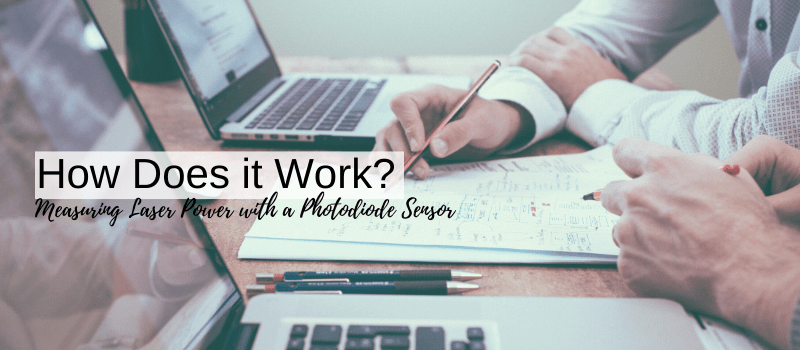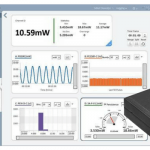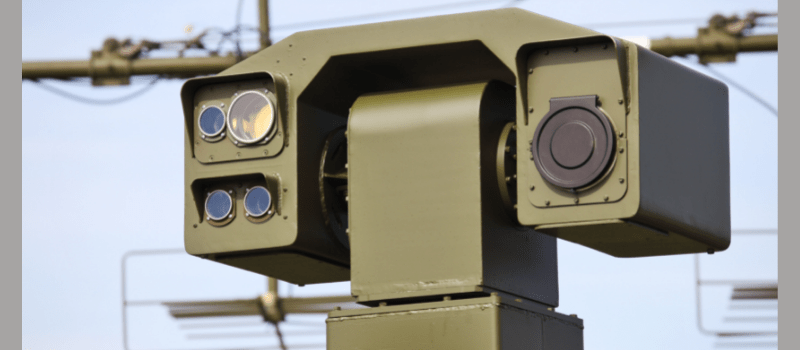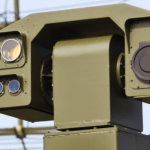Well, the short answer is (hopefully) no. But the question is how can we be so sure? After all, these are the same lasers that are used by metal manufacturers to cut steel in record times and by the military as the future of weapons.
Like many things in life, this is a question of degree. Many people have pet cats, but few would take a cougar into their home. The same is true with lasers. At high power and energy densities, lasers can be brutal. They slice metal and vaporize rock. But the same lasers at different parameters are used in non-invasive medical procedures and, yes, for entertainment in light shows.
I want to talk about how we can be certain that light shows are indeed safe for human exposure. The European Union recently established a safety threshold for laser light exposure, called Exposure Limit Values (ELV’s). Somehow it was decided that a laser with power up to X watts is safe to be exposed to for Y seconds. That’s great, but how is a light show operator or engineer supposed to measure this? There are in fact quite a few products that measure laser power and energy. However, these laser power and energy sensors are usually meant to measure a steady (CW) or pulsed laser beam that is constant in its direction. This is not appropriate for a laser show. Could you imagine going to a laser show where they just shined a CW – or even pulsed – laser beam at a screen for 20 minutes? I’d ask for my money back. The beauty of the laser show comes from scanning the laser and splitting it to create all sorts of wild designs and patterns. This is much nicer to watch but much more complex to measure.
Until recently, most laser show staff and safety regulators used traditional laser power meters and photodiode sensors to measure laser show ELV’s. These methods, however, can be off by a factor of 10. This means it’s possible to pass safety standards while the laser exposure is really 10 times the maximum allowed ELV! Read how a health and safety practitioner from the UK talks about Ophir’s unique solution for measuring laser show emissions
You might also like to read: How to measure a Barcode scanning laser?












What about the posibility of the laser beam entering people’s eyes? Focoused by the len of the eye, even low energy lasers can cause damage to retina.
The following comment was prepared by James Stewart (the original article’s author):
You are quite right, in that even low power exposures can potentially lead to a retinal injury, which is why care must be taken when there is the possibility that a person could be exposed that the emission is below the applicable MPE (Maximum Permissible Exposure) level. Specific MPE values exist for visible laser radiation which to a large extent are related to the duration of the exposure. In some countries the figures are advisory, whilst in some parts of the world such as Europe and the USA, the levels are mandatory, and should not be exceeded. The MPEs themselves are often quoted as a radiant exposure, that is, in units of J∙m^-2. But for assessment purposes with a meter, it is often easier to consider the exposure in terms of irradiance (the power density), which is expressed in units of W∙m^-2. The applicable MPE must always be considered based on the foreseeable exposure conditions. But as an example, from the Laser Safety Standard (IEC 60825-1:2007) Ocular MPE table, for a 10s exposure, the irradiance limit for visible laser radiation is equal to 10W∙m^-2, and for a 0.25s exposure, it is 25.4W∙m^-2. These figures can be converted into a peak power reading that a laser power detector, with a 7mm aperture attached, relates to power meter readings of 0.4mW and 1mW respectively. These figures are the equivalent powers through a 7mm aperture that relate to respective MPE irradiance.
For exposure to laser light less than MPE, the chances of a retinal injury occurring are generally considered to be a low risk. But if there is any uncertainty about how to apply the MPE limits or undertake the measurement/assessment, then a suitably experienced laser safety adviser should be consulted, as you are quite correct in the statement that what may seem like low energy levels can cause harm.